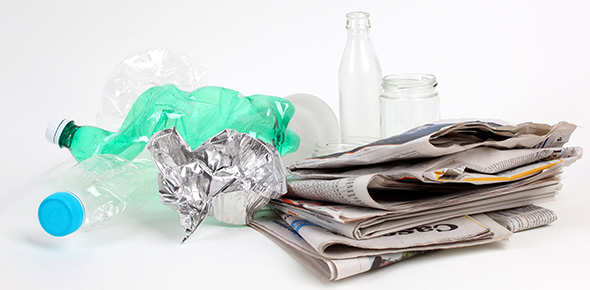Food Wastage Via Quiz 1b
-
When will Singapore's current and only landfill be fully filled?
-
2030
-
2025
-
2020
-
2035
-
About This Quiz
Food Wastage VIA Quiz 1B explores critical aspects of food waste management in Singapore, focusing on landfill usage, recycling rates, and waste reduction strategies. It aims to enhance awareness and promote sustainable practices among participants.

Quiz Preview
- 2.
What is done with food waste recycled ( One Only)
Explanation
Food waste can be recycled in several ways. It can be used as fertilizer to enrich soil and promote plant growth. It can also be converted into bioenergy through processes like anaerobic digestion, where it is broken down by microorganisms to produce biogas or biofuels. Additionally, food waste can be used as animal feed, providing nutrition for livestock. Lastly, food waste can be composted, allowing it to decompose naturally and create nutrient-rich soil. These methods help to reduce waste, conserve resources, and contribute to a more sustainable food system.Rate this question:
- 3.
How many tonnes of food waste has Singapore generated last year?
-
905 000 tonnes
-
848 100 tonnes
-
788 600 tonnes
-
466 600 tonnes
Correct Answer
A. 788 600 tonnesExplanation
Singapore generated 788,600 tonnes of food waste last year.Rate this question:
-
- 4.
What percentage of food waste in Singapore recycled?
-
12%
-
14%
-
18%
-
13%
Correct Answer
A. 13%Explanation
The correct answer is 13%. This means that out of the total food waste generated in Singapore, only 13% is recycled. This suggests that there is a significant amount of food waste that is not being properly managed or recycled. It highlights the need for increased efforts and initiatives to promote recycling and reduce food waste in Singapore.Rate this question:
-
- 5.
What can you do to reduce food wastage?
Correct Answer
Buy only what you need, Buy less,Explanation
The suggested answer is to buy only what you need and buy less. This means that instead of purchasing excessive amounts of food that may go to waste, it is better to only buy the necessary quantities. By doing so, individuals can reduce food wastage and ensure that they are consuming what they purchase. This approach promotes responsible consumption and helps to minimize the amount of food that ends up in landfills.Rate this question:
Quiz Review Timeline (Updated): Mar 19, 2023 +
Our quizzes are rigorously reviewed, monitored and continuously updated by our expert board to maintain accuracy, relevance, and timeliness.
-
Current Version
-
Mar 19, 2023Quiz Edited by
ProProfs Editorial Team -
Oct 23, 2017Quiz Created by
Jiemingx16
Do You Know Everything About Plastic And Yuma Labs?
Do you think you know everything about plastic waste and Yuma Labs? Prove it! In this fun quiz of 16 questions, you can show us that you have what it takes to be called an expert...
Questions:
16 |
Attempts:
34 |
Last updated:
Mar 21, 2023
|
Recognize The Importance Of Recycle, Reduce, Reuse, Recover And Repair In Waste Management.
This quiz focuses on the 5Rs of waste management: recycle, reduce, reuse, recover, and repair. It assesses understanding through practical scenarios, emphasizing sustainable...
Questions:
5 |
Attempts:
1441 |
Last updated:
Sep 11, 2023
|
Trivia: Biomedical Waste Management Quiz!
Explore the critical aspects of managing biomedical waste with our Trivia: Biomedical Waste Management Quiz! This quiz covers the identification, risks, and proper disposal...
Questions:
10 |
Attempts:
7748 |
Last updated:
Mar 22, 2023
|
Solid Waste Management For Sanitary Engineering_JPECS
This quiz titled 'Solid Waste Management for Sanitary Engineering_JPECS' assesses knowledge on waste management laws, practices, and material uses. It covers topics such as the...
Questions:
15 |
Attempts:
746 |
Last updated:
Mar 21, 2023
|
Composting Quiz: Trivia Facts!
Explore the essentials of composting with the 'Composting Quiz: Trivia Facts!' Learn what materials are suitable for compost bins, enhance waste management skills, and understand...
Questions:
18 |
Attempts:
2380 |
Last updated:
Jun 26, 2024
|
Municipal Solid Waste: Test Your Knowledge About Waste Management! Trivia Quiz
Below is a Municipal Solid Waste trivia quiz to help Test Your Knowledge about Waste Management! TA good sewerage system makes an area clean and at the same time, frees the...
Questions:
50 |
Attempts:
898 |
Last updated:
Mar 17, 2023
|
 Back to top
Back to top








